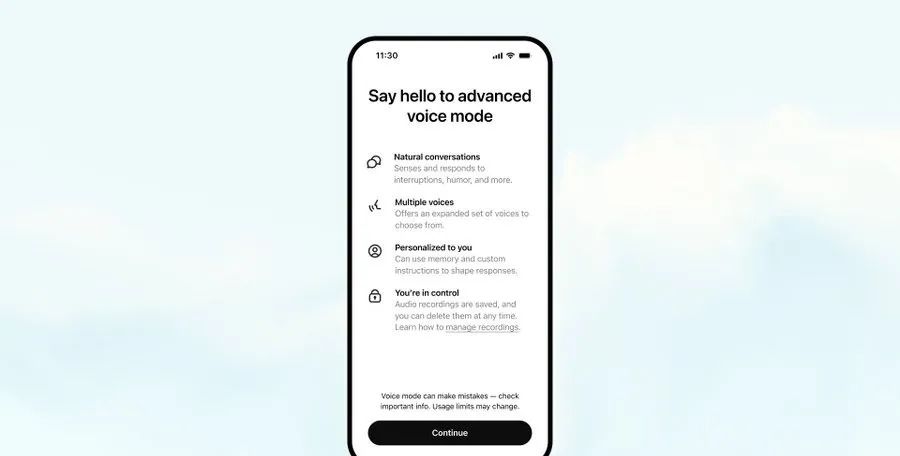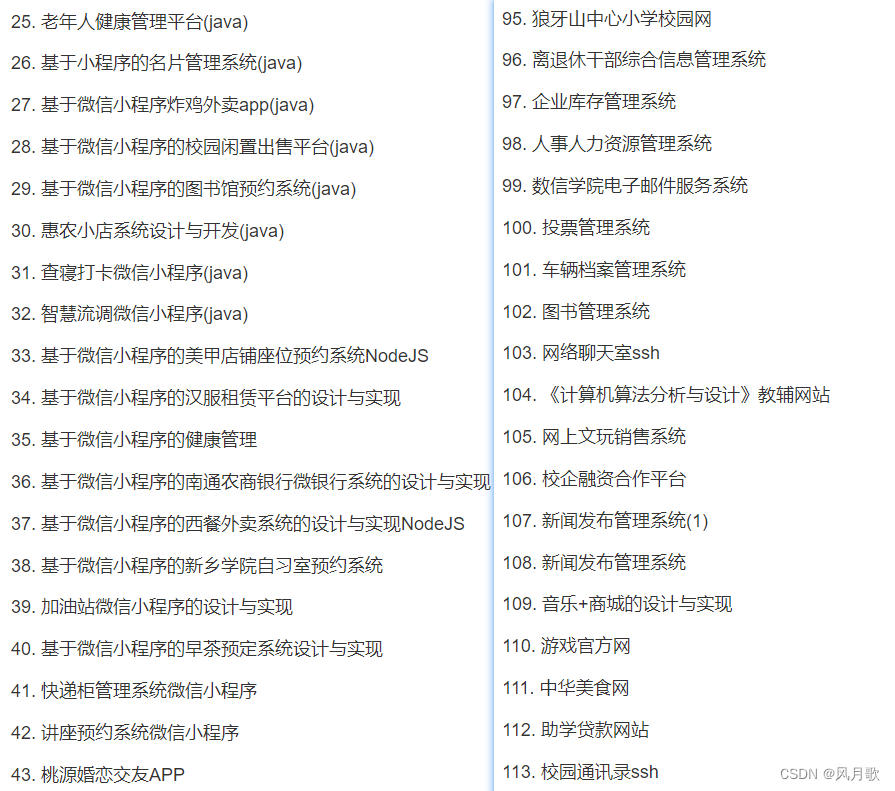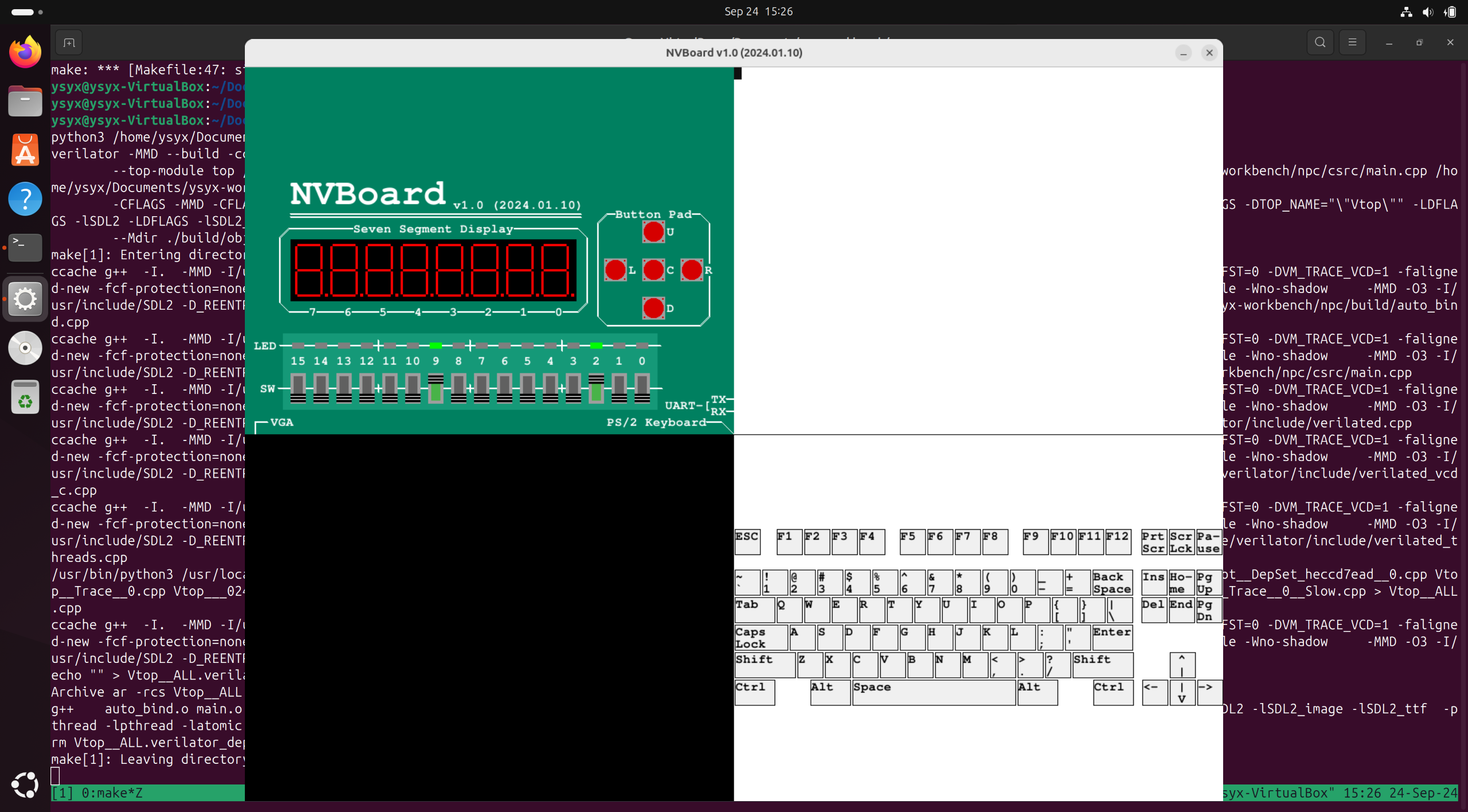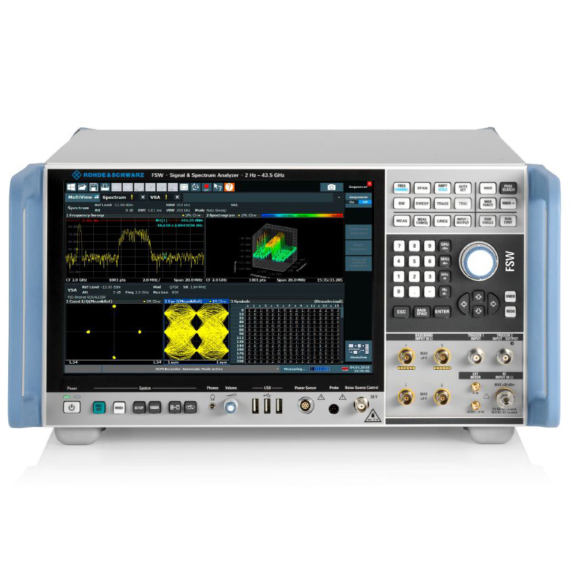简而言之,在main.js中导出以下库,仅此,搞多了出错难排查
import ElementPlus from 'element-plus' //导入
ElementPlus模块import 'element-plus/dist/index.css' //引入样式
app.use(ElementPlus) //注册库就能使用了
Element Plus 是一个基于 Vue 3 的组件库,提供了一系列 UI 组件(如按钮、表格、对话框等),可以帮助快速构建用户界面。那么提供了该组件跟我平常直接在<template></template>标签中直接写<button></button>标签来创建按钮有什么区别?
Element Plus组件实际上是对原生 HTML 和 CSS 的封装,它提供了一系列预定义的样式和功能,使得开发者可以更轻松地构建一致且美观的用户界面
封装:
Element Plus组件将原生 HTML 元素(如按钮、表格等)进行了封装,增加了丰富的样式和功能选项。样式与一致性:组件自带的样式确保了在不同设备和浏览器上的一致性,减少了样式调整的复杂性。
事件处理:尽管组件库提供了许多内置功能,事件处理仍然需要使用 JavaScript 进行定义和处理。这与原生 HTML 是一样的。
使用方便:通过使用组件,开发者可以更快地实现复杂的功能,而不必从头开始设计和实现所有的样式和行为。
一.安装
使用包管理器:
# NPM
npm install element-plus --save
# Yarn
yarn add element-plus
# pnpm
pnpm install element-plus
如果网络环境不好,建议使用中国npm镜像:设置清华大学镜像并安装element-plus:
npm config set registry https://mirrors.tuna.tsinghua.edu.cn/npm/
npm install element-plus
中国科学技术大学(USTC)镜像:
npm config set registry https://mirrors.ustc.edu.cn/npm/
npm install element-plus
淘宝镜像:
npm config set registry https://registry.npm.taobao.org
npm install element-plus
使用cnpm 作为npm 的替代工具,自动使用淘宝镜像
npm install -g cnpm --registry=https://registry.npm.taobao.org
cnpm install element-plus
如果想要切换回npm官方源
npm config set registry https://registry.npmjs.org
浏览器直接引入:
unpkg:
<head>
<!-- Import style -->
<link rel="stylesheet" href="//unpkg.com/element-plus/dist/index.css" />
<!-- Import Vue 3 -->
<script src="//unpkg.com/vue@3"></script>
<!-- Import component library -->
<script src="//unpkg.com/element-plus"></script>
</head>
jsDelivr:
<head>
<!-- Import style -->
<link
rel="stylesheet"
href="//cdn.jsdelivr.net/npm/element-plus/dist/index.css"
/>
<!-- Import Vue 3 -->
<script src="//cdn.jsdelivr.net/npm/vue@3"></script>
<!-- Import component library -->
<script src="//cdn.jsdelivr.net/npm/element-plus"></script>
</head>
二.在项目中使用Element Plus
引入:
(volar适用于ts,而对于js,使用vetur)
完整引入(对打包后的文件大小不在乎,使用完整导入更方便)
// main.js
import { createApp } from 'vue'
import ElementPlus from 'element-plus' //从element-plus库中导入ElementPlus对象,该对象主要是库的主要功能或组件集合,可在vue应用中使用
import 'element-plus/dist/index.css' //引入样式
import App from './App.vue'
const app = createApp(App)
app.use(ElementPlus) //注册库,所有Element Plus组件都可以在应用中使用,在所有组件中都能使用
app.mount('#app')按需导入:
安装额外插件来导入要使用的组件
安装 unplugin-vue-components 和 unplugin-auto-import
npm install -D unplugin-vue-components unplugin-auto-import
将下面代码插入vite配置文件vite.config.js中
// vite.config.js
import { defineConfig } from 'vite'
import AutoImport from 'unplugin-auto-import/vite'
import Components from 'unplugin-vue-components/vite'
import { ElementPlusResolver } from 'unplugin-vue-components/resolvers'
export default defineConfig({
plugins: [
vue(), //添加vue插件,千万不要把它忘记了,报一堆错,浏览器一片红
AutoImport({
resolvers: [ElementPlusResolver()],
}),
Components({
resolvers: [ElementPlusResolver()],
}),
],
})作用:
自动导入:使用
unplugin-auto-import,可以在代码中直接使用 Element Plus 的 API,而无需手动导入,这样可以简化代码并提高开发效率。自动注册组件:通过
unplugin-vue-components和ElementPlusResolver,可以自动注册所有使用的 Element Plus 组件,避免在每个文件中重复注册,简化组件管理。提升开发体验:减少样板代码,提高代码整洁性和可维护性,使开发者能更专注于业务逻辑。
Element Plus 的 API 包括组件、属性、事件和方法等。以下是一些常见的 Element Plus API:
常见组件
1.基础组件:
- Button:按钮组件,支持多种样式和尺寸。
- Input:输入框组件,支持文本输入和验证。
- Select:下拉选择框组件,支持多选和搜索。
2.布局组件:
- Container:用于布局的容器组件,可以设置顶部、底部、侧边栏等。
- Row/Col:栅格布局组件,用于快速创建响应式布局。
3.表单组件:
- Form:表单组件,支持表单验证。
- Checkbox、Radio、Switch:用于选择的各种组件。
4.反馈组件:
- Message:全局消息提示组件。
- Notification:通知提示组件。
5.数据展示组件:
- Table:表格组件,支持排序、筛选和分页。
- Pagination:分页组件,用于数据分页展示。
组件的属性和方法:
属性:每个组件都有一系列可配置的属性,例如:
type、size:用于设置按钮的类型和尺寸。placeholder:用于设置输入框的占位符文本。事件:组件通常会提供事件监听,例如:
click:按钮的点击事件。change:输入框内容变化时触发的事件。方法:某些组件提供的方法,可以在实例中调用,例如:
show():显示模态框。hide():隐藏模态框。
全局配置
在引入ElementPlus时,可以传入一个包含size和zIndex属性的全局配置对象。size用于设置表单组建的默认尺寸,zIndex用于设置弹出组件的层级,zIndex的默认值为2000
完整引入(上边注册库仅仅是app.use(ElementPlus))
import { createApp } from 'vue'
import ElementPlus from 'element-plus'
import App from './App.vue'
const app = createApp(App)
app.use(ElementPlus, { size: 'small', zIndex: 3000 })按需引入:
<template>
<el-config-provider :size="size" :z-index="zIndex">
<app />
</el-config-provider>
</template>
<script>
import { defineComponent } from 'vue'
import { ElConfigProvider } from 'element-plus'
export default defineComponent({
components: {
ElConfigProvider,
},
setup() {
return {
zIndex: 3000,
size: 'small',
}
},
})
</script>
三.组件
基础组件:
button按钮:
button属性:
button插槽:
button方法:
<el-button>:单个按钮,用于执行一个特定的操作。<el-button-group>:包含多个按钮,通常用于一组相关的操作,比如多种选择或工具栏。- 使用
button-group时,按钮之间的间距和样式会自动调整,视觉上更整齐
示例:
<template> <el-button-group> <el-button type="primary">按钮1</el-button> <el-button>按钮2</el-button> <el-button type="success">按钮3</el-button> </el-button-group> </template>三个按钮被包裹在
button-group中,形成了一个统一的操作区域。
Border边框:
边框样式:(实线和虚线)
border-top:1px solid var(--el-border-color)
<script setup> </script> <template> <table class="demo-border"> <tbody> <tr> <td class="text">Name</td> <td class="text">Thickness</td> <td class="line">Demo</td> </tr> <tr> <td class="text">Solid</td> <td class="text">1px</td> <td class="line"> <!-- <div /> --> <div></div> </td> </tr> <tr> <td class="text">Dashed</td> <td class="text">2px</td> <td class="line"> <div class="dashed" ></div> </td> </tr> </tbody> </table> </template> <style scoped> .demo-border .text { width: 15%; } .demo-border .line { width: 70%; } .demo-border .line div { width: 100%; height: 0; border-top: 1px solid var(--el-border-color); /*上边框,--el-border-color是element-plus中定义的一个css变量,是个默认颜色值*/ } .demo-border .line .dashed { border-top: 2px dashed var(--el-border-color); } </style>
圆角样式:(el-border-radius)<script setup> </script> <template> <!-- el-row创建行,gutter属性设置外边距,即列与列之间的间距 。: 前缀表示这是一个动态绑定,意味着 gutter 的值来自 Vue 的数据或计算属性--> <el-row :gutter="12" class="demo-radius"> <el-col v-for="(radius, i) in radiusGroup" :key="i" :span="6" :xs="{ span: 12 }" > <div class="title">{{ radius.name }}</div> <div class="value"> <code> border-radius: {{ radius.type ? useCssVar(`--el-border-radius-${radius.type}`) : '"0px"' }} </code> </div> <div class="radius" :style="{ borderRadius: radius.type ? `var(--el-border-radius-${radius.type})` <!----el-border-radius--> : '', }" /> </el-col> </el-row> </template> <script lang="ts" setup> import { ref } from 'vue' import { useCssVar } from '@vueuse/core' const radiusGroup = ref([ { name: 'No Radius', type: '', }, { name: 'Small Radius', type: 'small', }, { name: 'Large Radius', type: 'base', }, { name: 'Round Radius', type: 'round', }, ]) </script> <style scoped> .demo-radius .title { color: var(--el-text-color-regular); font-size: 18px; margin: 10px 0; } .demo-radius .value { color: var(--el-text-color-primary); font-size: 16px; margin: 10px 0; } .demo-radius .radius { height: 40px; width: 70%; border: 1px solid var(--el-border-color); border-radius: 0; margin-top: 20px; } </style>
阴影:(el-box-shadow)<template> <div class="flex justify-between items-center flex-wrap"> <div v-for="(shadow, i) in shadowGroup" :key="i" class="flex flex-col justify-center items-center" m="auto" w="46" > <div class="inline-flex" h="30" w="30" m="2" :style="{ boxShadow: `var(${getCssVarName(shadow.type)})`, }" /> <span p="y-4" class="demo-shadow-text" text="sm"> {{ shadow.name }} </span> <code text="xs"> {{ getCssVarName(shadow.type) }} </code> </div> </div> </template> <script lang="ts" setup> import { ref } from 'vue' const shadowGroup = ref([ { name: 'Basic Shadow', type: '', }, { name: 'Light Shadow', type: 'light', }, { name: 'Lighter Shadow', type: 'lighter', }, { name: 'Dark Shadow', type: 'dark', }, ]) const getCssVarName = (type: string) => { return `--el-box-shadow${type ? '-' : ''}${type}` //el-box-shadow } </script>
color色彩:Element Plus为了避免视觉传达差异,使用一套特定的调色板来规定颜色,为搭建的产品提供一致的外观视觉感受
主色
中性色
中性色用于文本、背景和边框颜色。 通过运用不同的中性色,来表现层次结构
Container布局容器
用于布局的容器组件,方便快速搭建页面的基本结构:
<el-container>:外层容器。 当子元素中包含<el-header>或<el-footer>时,全部子元素会垂直上下排列, 否则会水平左右排列。
<el-header>:顶栏容器。
<el-aside>:侧边栏容器。
<el-main>:主要区域容器。
<el-footer>:底栏容器。
常见的页面布局<template> <div class="common-layout"> <el-container> <el-header style="background-color:#D4D7DE;color:red">Header</el-header> <el-main style="background:#409EFF;color:blask">Main</el-main> </el-container> </div> </template>
<template> <div class="common-layout"> <el-container> <el-header>Header</el-header> <el-container> <el-aside width="200px">Aside</el-aside> <el-container> <el-main>Main</el-main> <el-footer>Footer</el-footer> </el-container> </el-container> </el-container> </div> </template>
|
lcon图标
Element Plus提供了一套常用的图标集合(如果想要直接使用,需要全局注册组件)
安装
使用包管理器# NPM
npm install @element-plus/icons-vue
# Yarn
yarn add @element-plus/icons-vue
# pnpm
pnpm install @element-plus/icons-vue
法1:注册所有图标需要从@element-plus/icons-vue 中导入所有图标并进行全局注册
Object.entries(ElementPlusIconsVue): 获取ElementPlusIconsVue对象中所有的键值对(图标组件)。
for (const [key, component] of ...): 遍历每个图标的键(名称)和对应的组件。
app.component(key, component): 将每个图标组件以其名称注册到 Vue 应用中,使得在模板中可以直接使用这些图标。这样,开发者就可以方便地在应用中使用
ElementPlus提供的图标组件// main.js // 如果您正在使用CDN引入,请删除下面一行。 import * as ElementPlusIconsVue from '@element-plus/icons-vue' const app = createApp(App) for (const [key, component] of Object.entries(ElementPlusIconsVue)) { app.component(key, component) }法2:直接通过浏览器的HTML标签导入Element Plus,然后就能使用全局变量ElementPlusIconsVue
根据不同的 CDN 提供商有不同的引入方式, 根据不同的 CDN 提供商有不同的引入方式, 我们在这里以 unpkg 和 jsDelivr 举例
使用unpkg:
<script src="//unpkg.com/@element-plus/icons-vue"></script>
使用jsDelivr:<script src="//cdn.jsdelivr.net/npm/@element-plus/icons-vue"></script>
基础用法
<!-- 使用 el-icon 为 SVG 图标提供属性 --> <template> <div> <el-icon :size="size" :color="color"> <Edit /> </el-icon> <!-- 或者独立使用它,不从父级获取属性 --> <Edit /> </div> </template> <!--<Edit /> 是一个 SVG 图标组件,通常来自 Element Plus 图标库。它用于在界面中显示一个编辑图标。代码中的 <el-icon> 组件用来包裹这个图标,并通过 :size 和 :color 属性动态设置图标的大小和颜色。如果不使用 <el-icon> 包裹,<Edit /> 图标仍然可以独立显示,但会使用默认样式。-->结合el-icon使用
<template> <p> with extra class <b>is-loading</b>, your icon is able to rotate 360 deg in 2 seconds, you can also override this </p> <el-icon :size="20"> <Edit /> </el-icon> <el-icon color="#409efc" class="no-inherit"> <Share /> </el-icon> <el-icon> <Delete /> </el-icon> <el-icon class="is-loading"> <Loading /> </el-icon> <el-button type="primary"> <el-icon style="vertical-align: middle"> <Search /> </el-icon> <span style="vertical-align: middle"> Search </span> </el-button> </template>
直接使用svg图标
<template> <div style="font-size: 20px"> <!-- 由于SVG图标默认不携带任何属性 --> <!-- 你需要直接提供它们 --> <Edit style="width: 1em; height: 1em; margin-right: 8px" /> <Share style="width: 1em; height: 1em; margin-right: 8px" /> <Delete style="width: 1em; height: 1em; margin-right: 8px" /> <Search style="width: 1em; height: 1em; margin-right: 8px" /> </div> </template>
Layout布局
通过基础的24分栏,迅速简便创建布局
组件默认使用 Flex 布局,不需要手动设置
type="flex"。请注意父容器避免使用
inline相关样式,会导致组件宽度不能撑满。
Link链接
scrollbar滚动条
space间距
虽然我们拥有 Divider 组件,但很多时候我们需要不是一个被 Divider 组件 分割开的页面结构,因此我们会重复的使用很多的 Divider 组件,这在我们的开发效率上造成了一定的困扰。 间距组件就是为了解决这种困扰应运而生的












































































